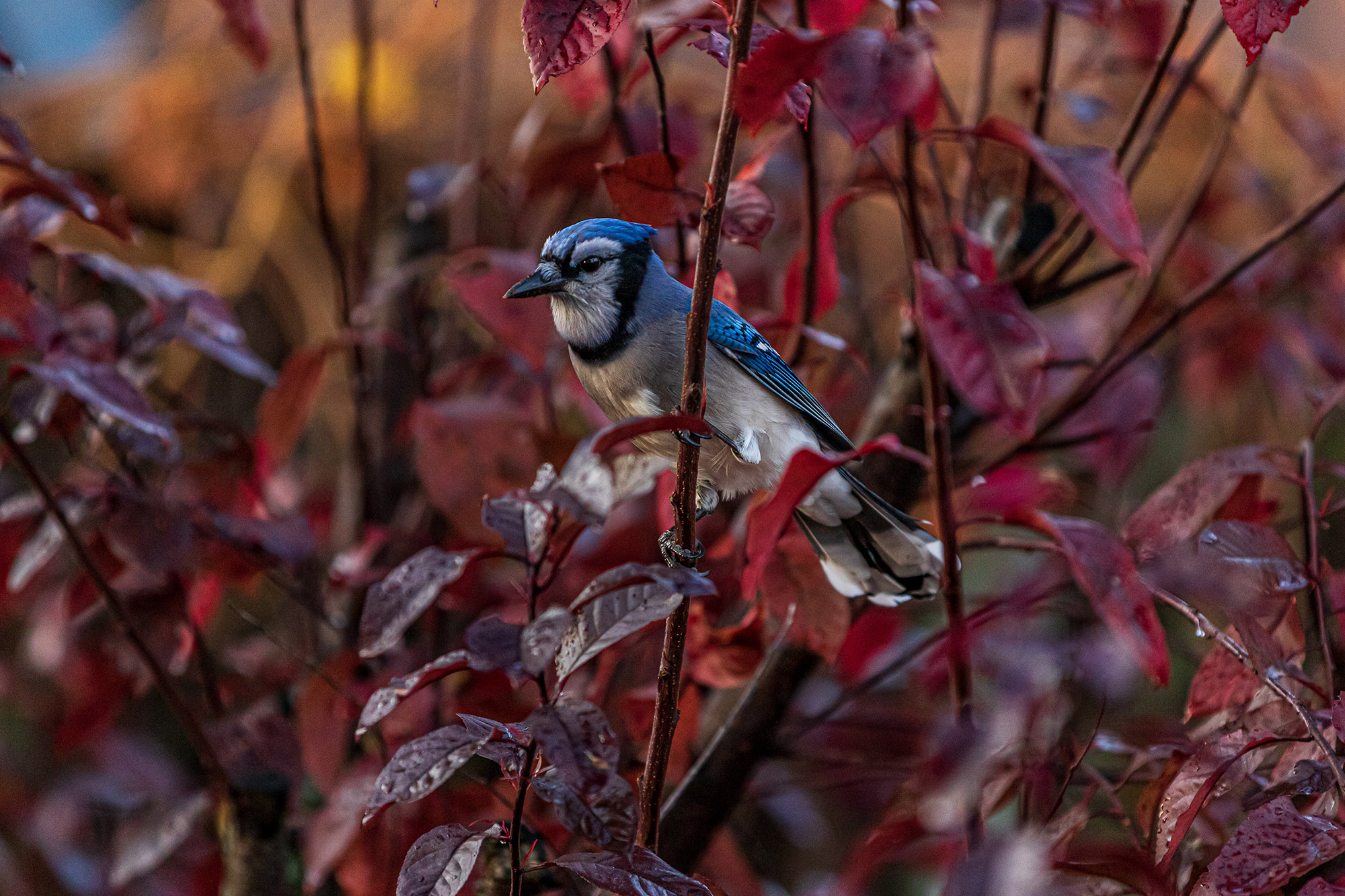Canada is home to about 180 native tree species. From A (Alaska paper birch) to almost-Z (yellow-cedar), they provide food and habitat for thousands of species of plants and animals. In other words, Canada’s forests both contribute to, and protect, our planet’s biodiversity: the wild and wonderful variety of lifeforms that exist on Earth.
Trees Provide Food
With their bark and wood, sap and leaves, fruits and nuts and seeds, trees feed amazing animals like: insects and spiders, crossbills and chickadees, snowshoe hares and moose and bears, wolves and wolverines, and humans, too!
Trees Create Habitat
From root to stem to twiggy tip, trees provide habitat for a wide range of living things:
- Soil-dwelling fungi that help trees absorb nutrients through their roots
- Lichens, moss, and mushrooms that grow on bark
- Trunk cavities where pine martens and porcupines sleep
- Fallen leaves that shelter wood frogs and salamanders
- Nurse logs where ferns and seedlings first take root
Trees also modify surrounding habitats. For example, trees shade streams, cooling the water for migratory salmon!
Urban Wildlife
Urban forests provide islands of habitat for many wild species. In towns and cities, trees offer food, shelter, and nesting sites for blue jays and bats, chipmunks and squirrels, raccoons and foxes, not to mention spiders and insects. Trees also provide protection from urban predators like domestic cats and dogs.
Even dead trees matter! Sometimes called “habitat trees,” dead trunks, snags, and stumps offer plants and animals important resources like cracks and cavities, bark pockets and trunk rot.












































